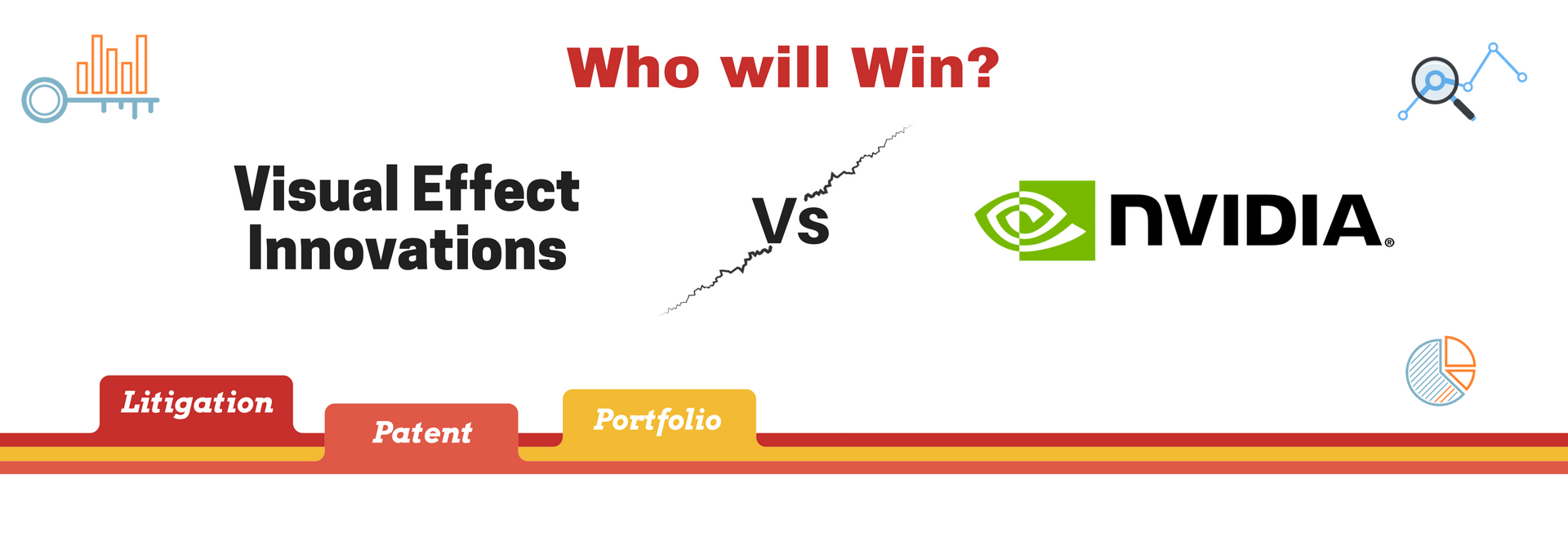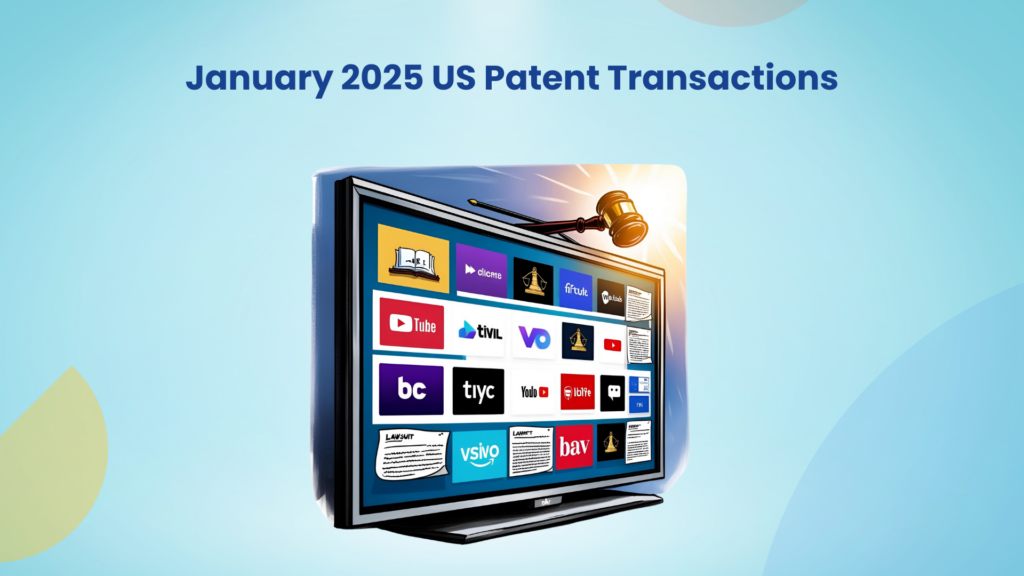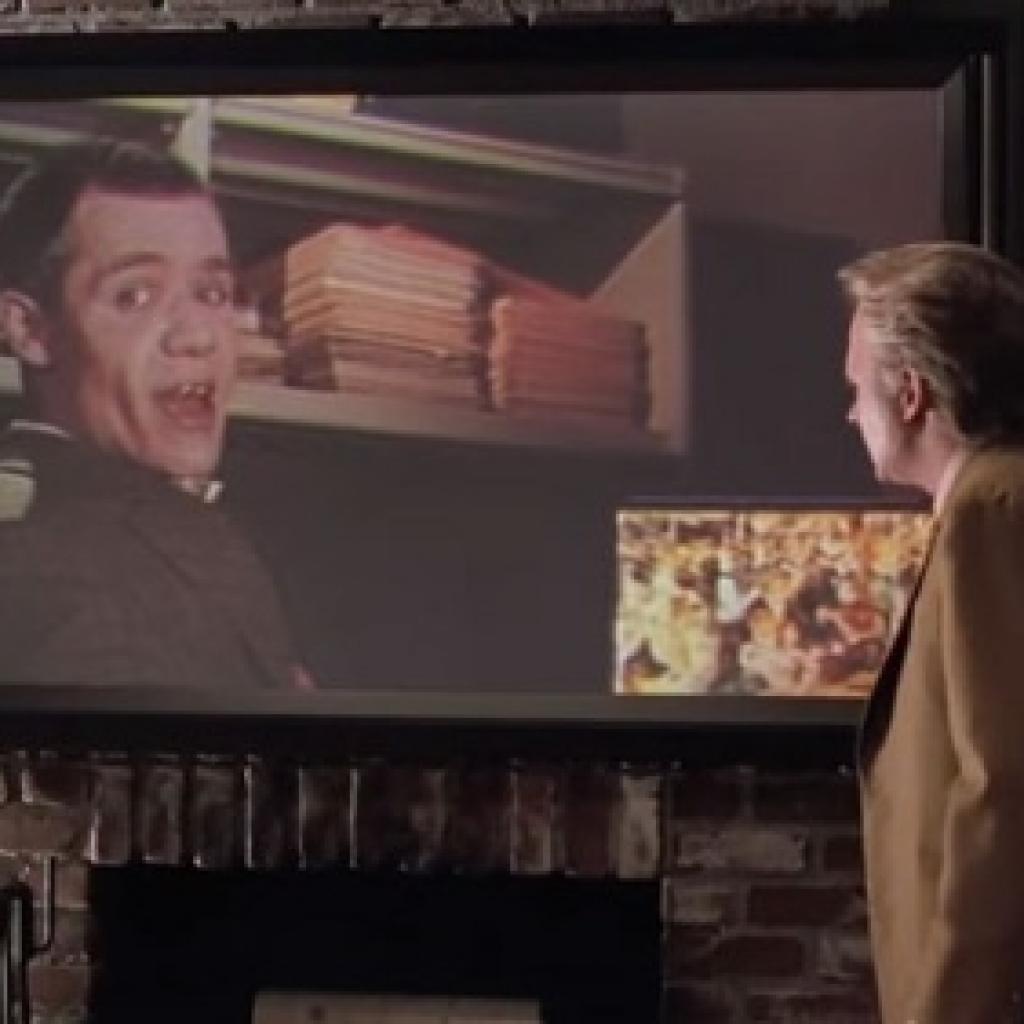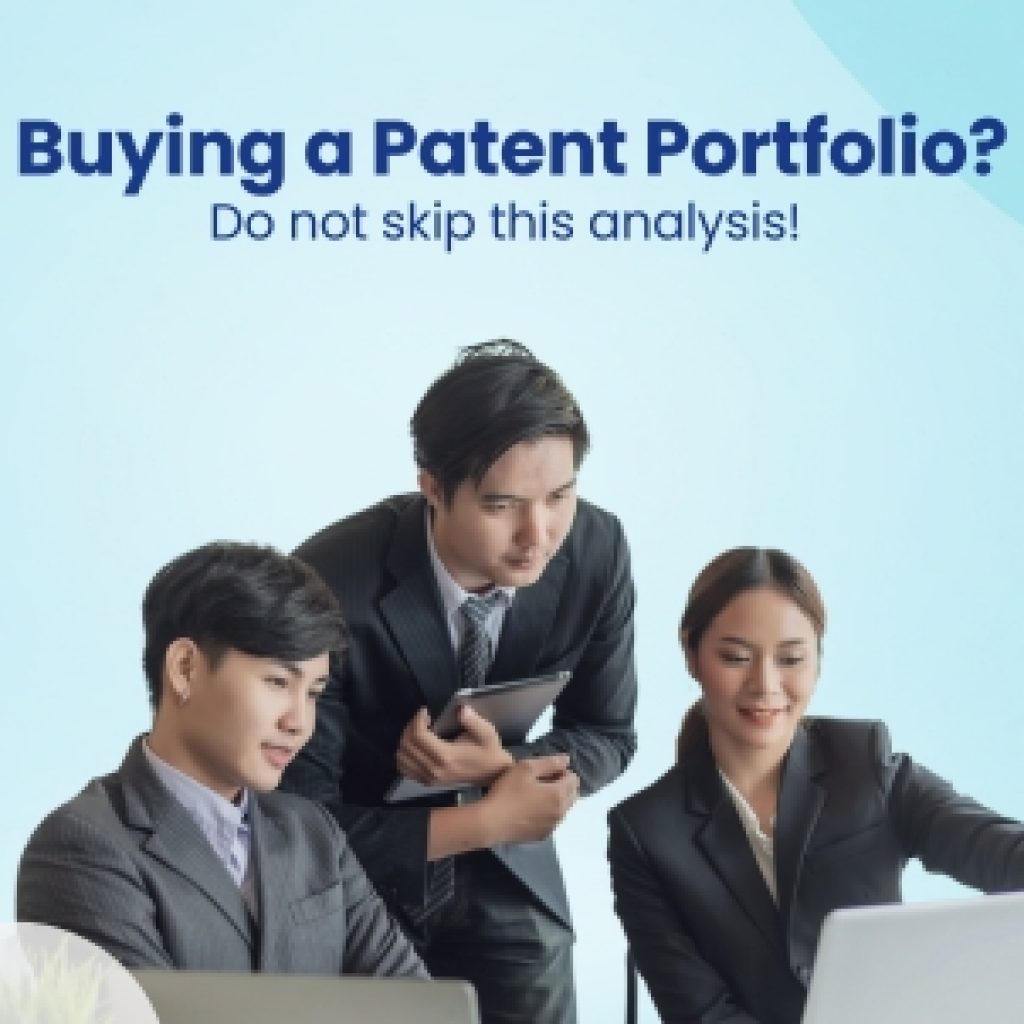On December 1, 2016, Visual Effect LLC filed a lawsuit against NVIDIA Corporation for infringing two of its patents US8864304 and US9167235– for which it demanded a trial by jury.
Filed in the District Court for the Eastern District of Texas, according to the complaint, NVIDIA‘s active 3D glasses infringed primarily on Claim 1 of both the patents.
The US’304, a continuation application, which claims priority to 23 Jan 2001, claims the method of viewing a video for an electronically controlled spectacle, comprising a frame, left and a right lens having a light and dark state, and a control unit which controls the state of the lenses. According to the complaint, NVIDIA’s 3D glasses have all similar features, thereby infringing US’304.
The US’235, a continuation patent of US’304, claims a similar method, albeit with an enhanced scope [The claims of US’235 cover multiple states instead of the two states originally claimed in US’304]. Thus, according to the complaint, both patents are infringed by NVIDIA.
But when we came across this case, the first thought that came into our mind was- How could these patents be granted with a priority date as early as 2001? The concept itself was introduced in the 1970s, by the inventor of LCD shutter glasses Stephen McAllister. Further, many companies like Sega, Nintendo, and Panasonic have already worked on a similar concept in the 80s and 90s.
For quite some time, we have been conducting preliminary analysis on recent patent litigation cases to check if a plaintiff’s patent holds water or not? You can access the other analysis conducted here: our take on patent litigation
Taking the cue, we conducted a preliminary analysis and found that there were really good chances of invalidating the patent. According to our analysis, multiple loopholes in the examination procedure made it possible for the grant of these patents.
Also, much relevant prior art, including non-patent literature, was overlooked. According to our analysis, both US‘304 and US’235 could be easily invalidated.
We have converted the detailed preliminary analysis report into a downloadable PDF format. You can download the report from here:
Analysis by: Nikhil Gupta, Manager, Search Team, and Prasun Pal, Manager, Search Team.









